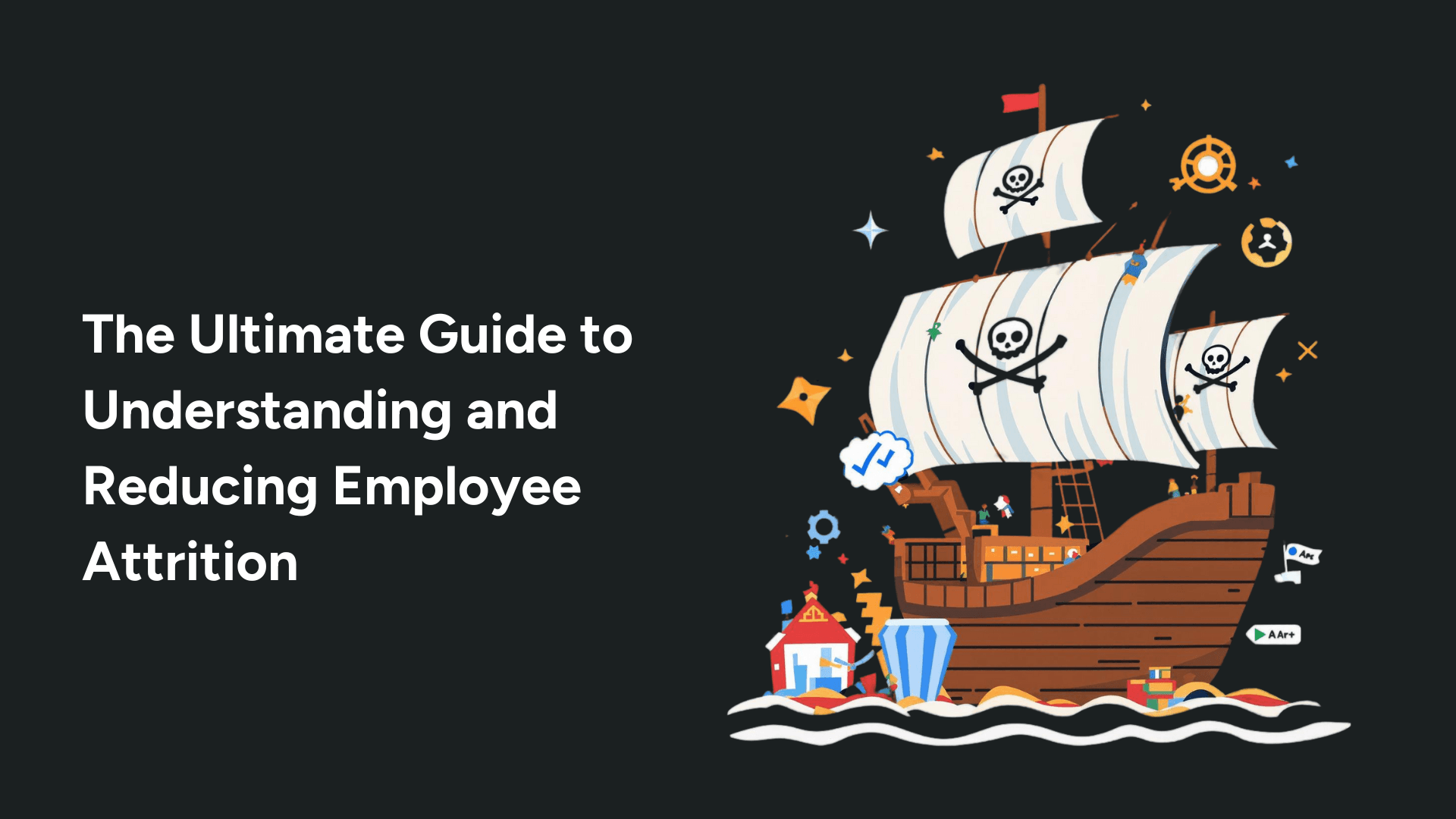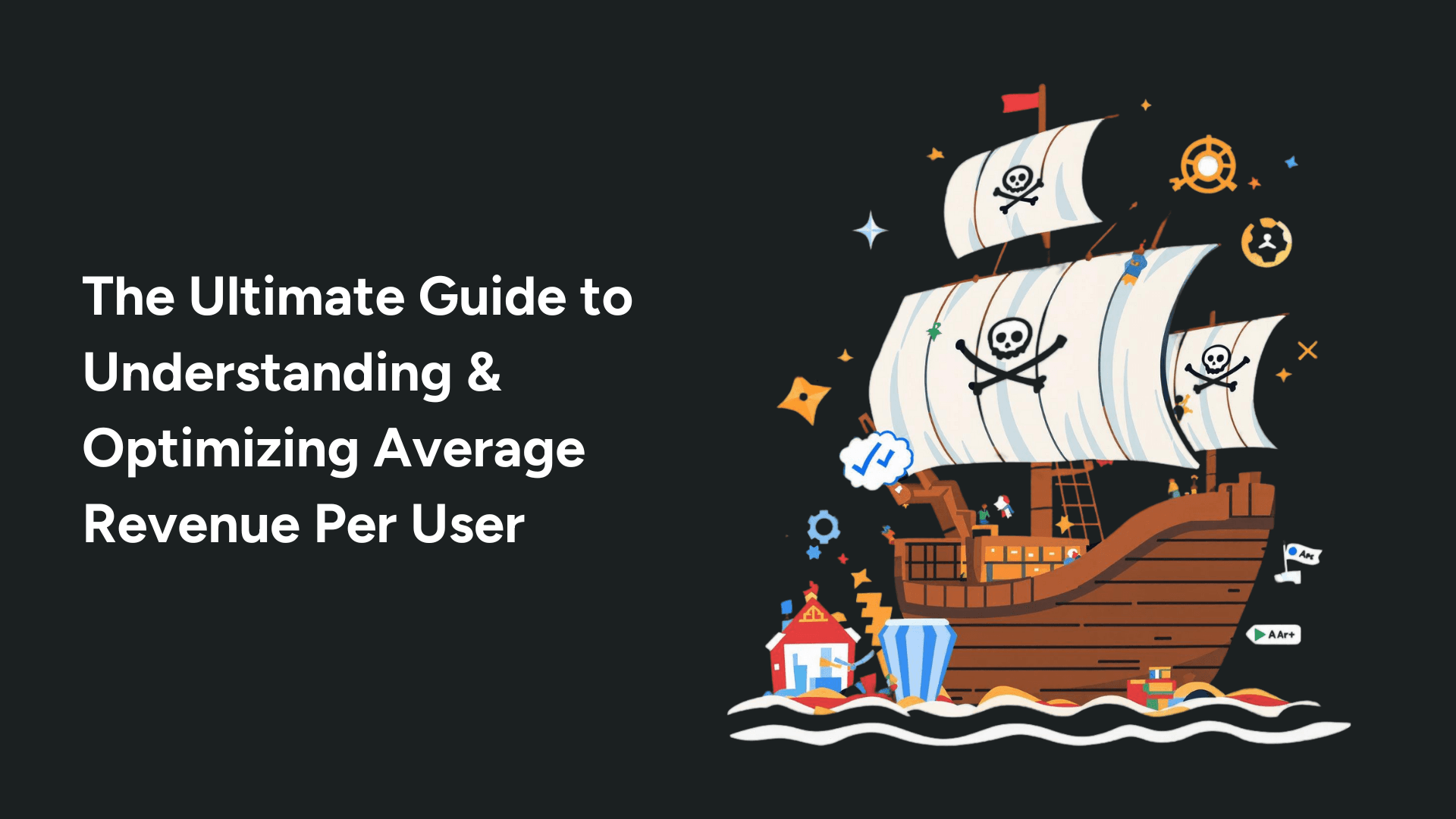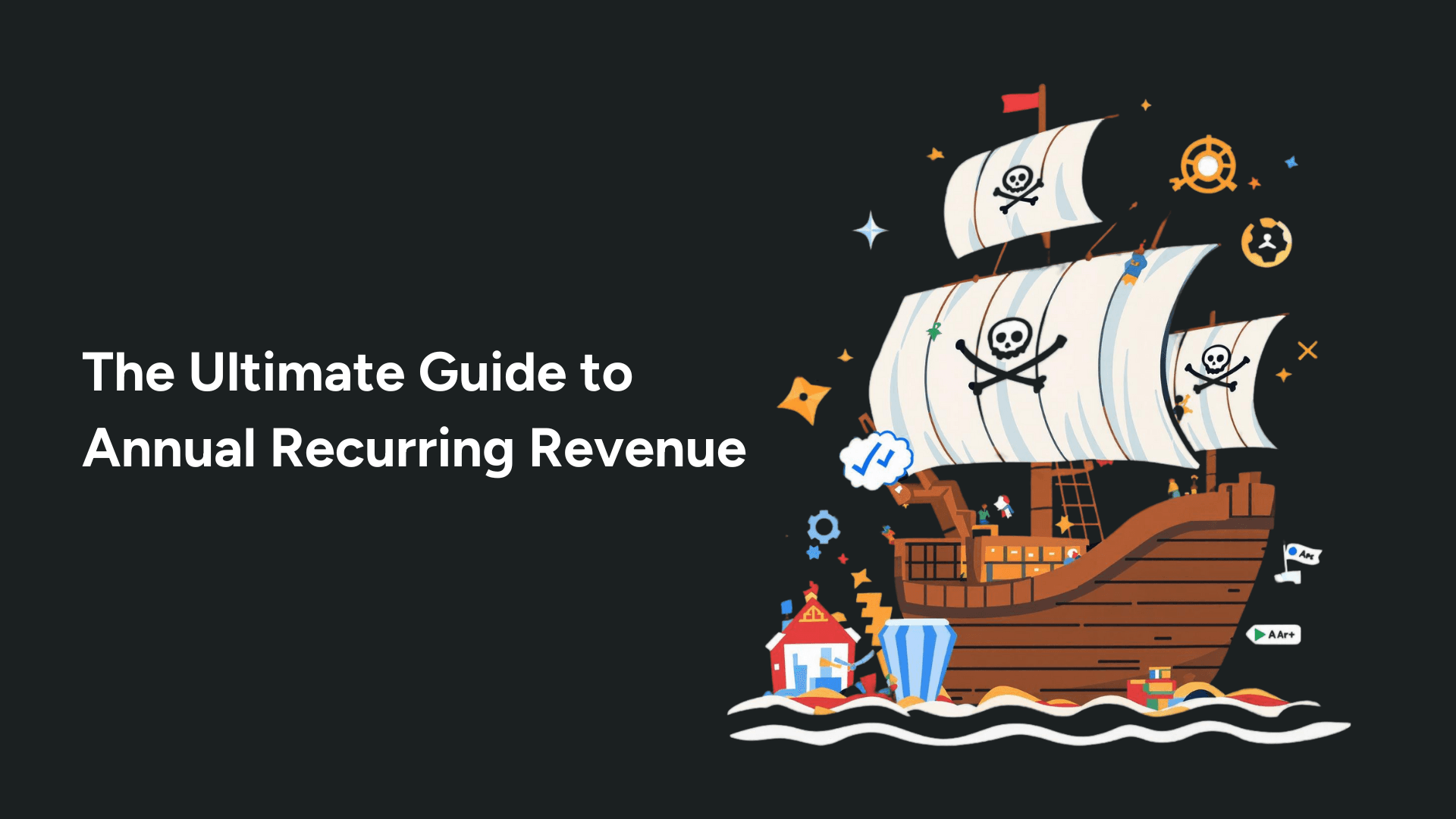In today's competitive job market, understanding and managing employee attrition has become crucial for organizational success. This comprehensive guide examines the multifaceted nature of employee attrition, its impact on business performance, and data-driven strategies for retention.
Think of your organization as a leaky bucket. You keep adding fresh water (new hires), but existing water (employees) steadily drips out. That's employee attrition in a nutshell. While some leakage is inevitable, too many holes can empty your bucket faster than you can fill it – creating a costly and potentially devastating situation for your organization.
What is Employee Attrition (And Why It's Not Just Turnover)
Let's start with a crucial distinction: attrition isn't the same as turnover. While turnover measures all employee departures, attrition specifically refers to positions that aren't refilled. Here's why this matters:

Turnover Example:
A company loses 10 employees but hires 10 replacements
Turnover rate: High
Attrition rate: Zero
Attrition Example:
A company loses 10 employees but only hires 5 replacements
Turnover rate: High
Attrition rate: 50%
Types of Attrition
Voluntary Attrition
Resignations
Retirements
Career changes
Involuntary Attrition
Layoffs
Position eliminations
Restructuring
Internal Attrition
Department transfers
Role changes
Promotions
The Hidden Costs of Employee Attrition
The financial impact of attrition goes far beyond the obvious costs of recruiting and training replacements. According to the Society for Human Resource Management (SHRM), replacing an employee can cost anywhere from 50% to 200% of their annual salary. Here's the breakdown:
Direct Costs
Recruitment expenses
Training and onboarding
Temporary staffing
Administrative processes
Indirect Costs
Lost productivity (up to 6 months for new hires)
Decreased team morale
Lost institutional knowledge
Client relationship disruption
Calculating Your Attrition Rate: A Data-Driven Approach
Example Calculation:
Average employees during the year: 200
Employee separations (not replaced): 20
Attrition rate: (20/200) x 100 = 10%

Beyond the Basic Formula
To gain deeper insights, analyze your attrition data across multiple dimensions:
Departmental Analysis
Which teams have the highest attrition?
Are there common patterns?
Tenure Analysis
When do most departures occur?
Is there a critical period for retention?
Role-Based Analysis
Which positions are hardest to retain?
Is attrition higher at certain levels?
Proven Strategies to Reduce Employee Attrition
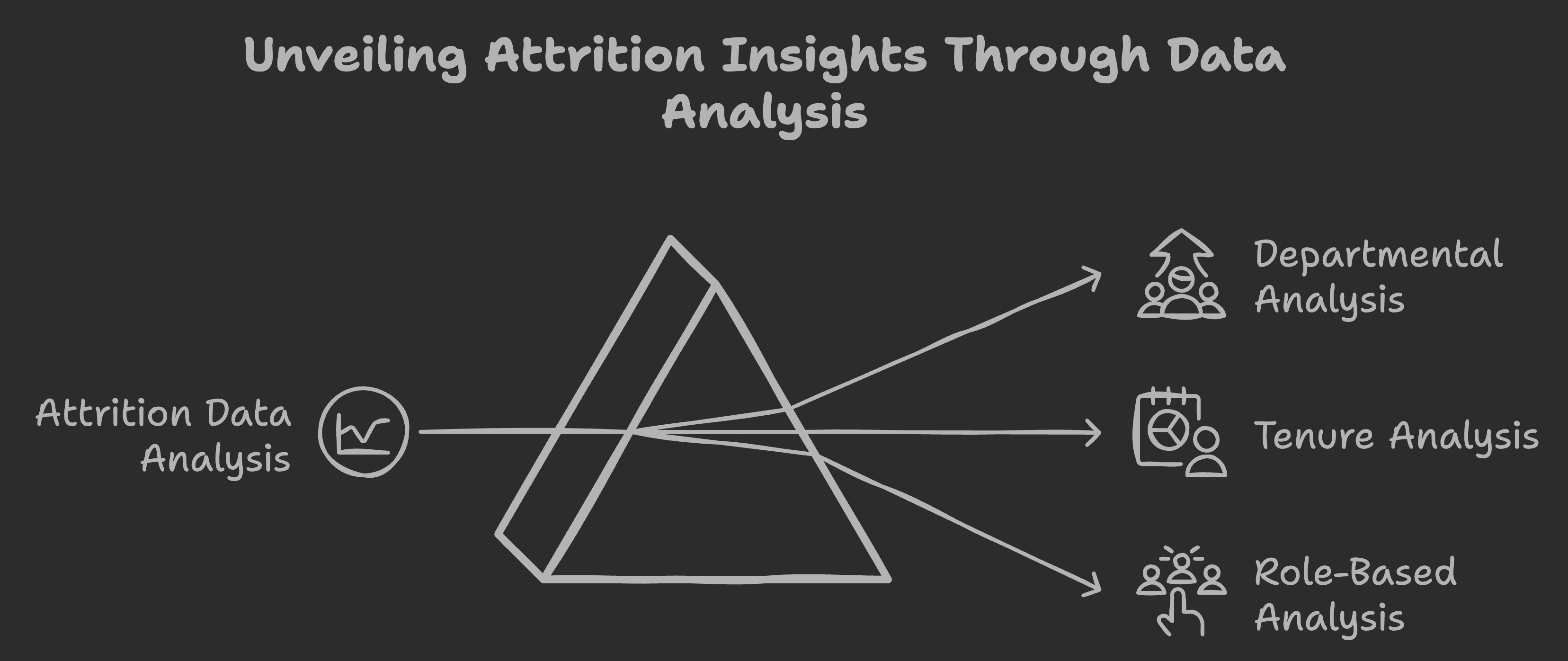
1. Compensation and Benefits
Don't just match the market – lead it:
Regular salary reviews
Performance-based bonuses
Comprehensive benefits packages
Flexible work arrangements
2. Career Development
Create clear growth paths:
Professional development programs
Mentorship opportunities
Skills training
Leadership development
3. Company Culture
Build an environment where people want to stay:
Open communication channels
Recognition programs
Work-life balance initiatives
Inclusive practices
4. Employee Engagement
Keep your finger on the pulse:
Regular feedback sessions
Employee surveys
Team-building activities
Decision-making involvement
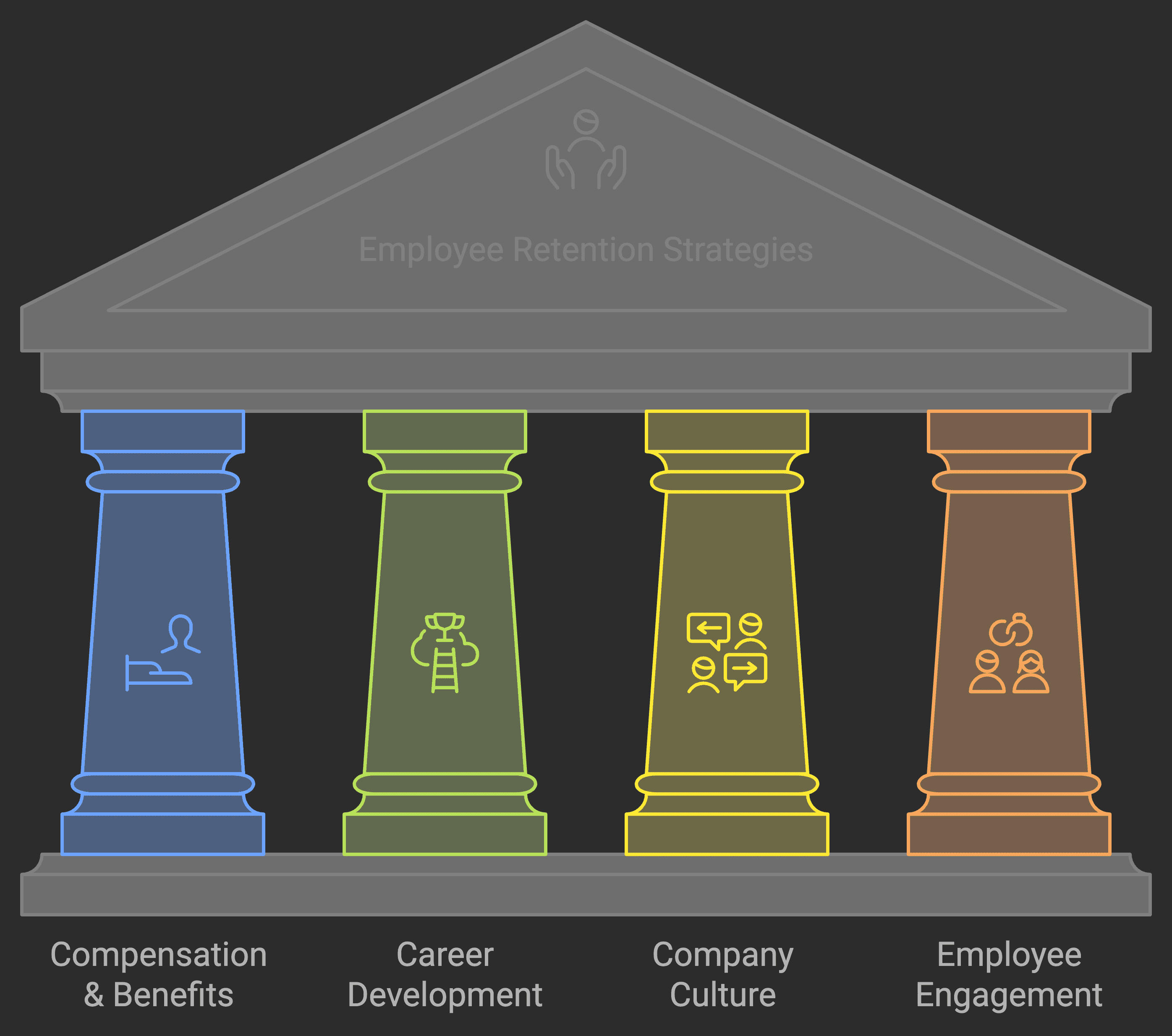
Case Study: Turning the Tide
Let's look at how one technology company transformed their attrition problem:
Initial Situation:
25% annual attrition rate
Low employee engagement scores
Rising recruitment costs
Actions Taken:
Implemented competitive salary bands
Created clear career pathways
Introduced flexible work options
Enhanced training programs
Results:
Attrition reduced to 12%
Employee satisfaction up 40%
Recruitment costs down 35%
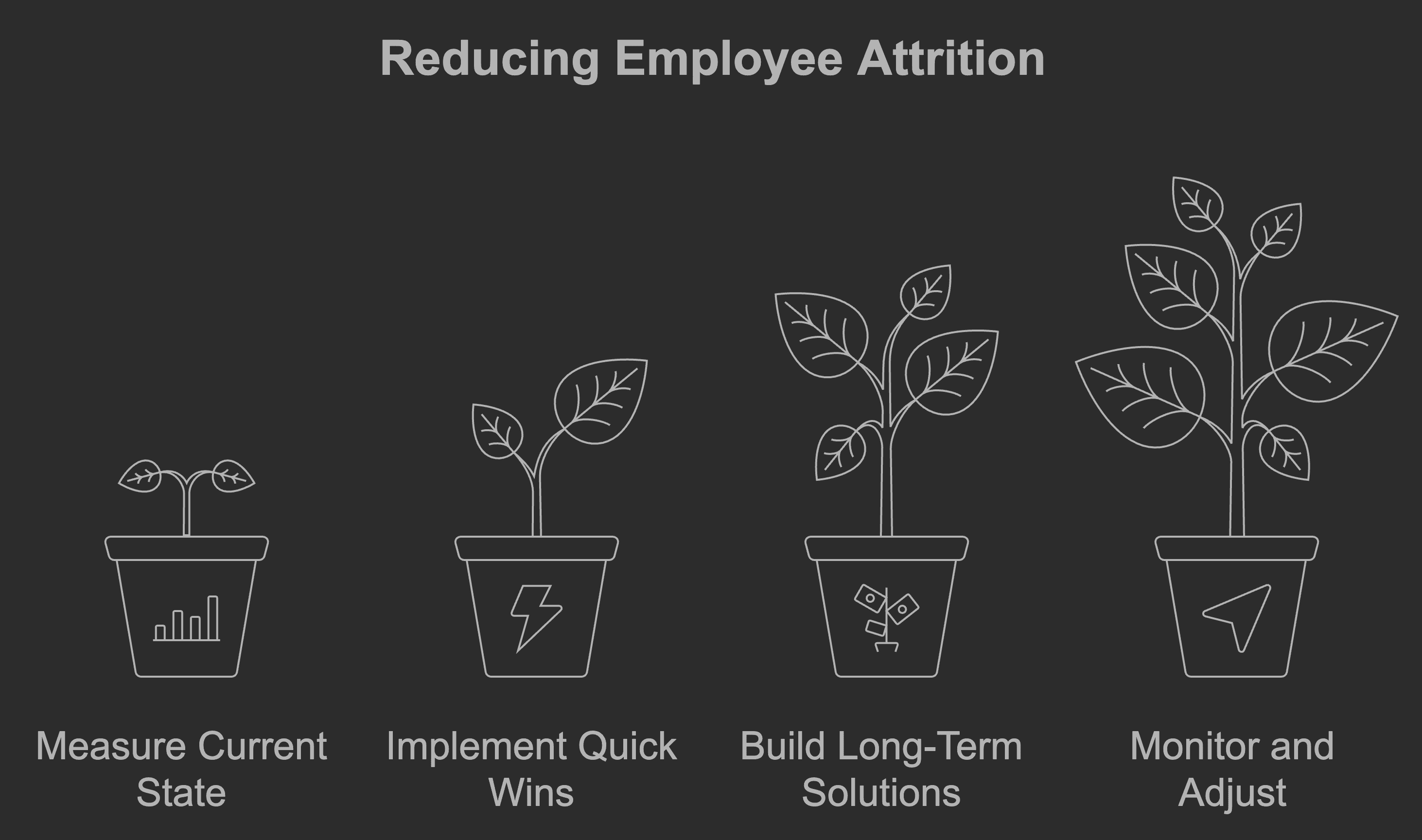
Your Action Plan: Starting Today
Measure Current State
Calculate your attrition rate
Identify high-risk areas
Gather employee feedback
Implement Quick Wins
Start stay interviews
Review compensation
Enhance communication
Build Long-Term Solutions
Develop career paths
Create mentorship programs
Strengthen company culture
Monitor and Adjust
Track metrics monthly
Gather feedback
Refine strategies
The Path Forward
Remember, reducing attrition isn't about quick fixes – it's about creating an environment where employees feel valued, challenged, and motivated to stay. Start by understanding your current situation through data analysis, then implement targeted strategies to address specific pain points.
Your Next Steps
Calculate your current attrition rate using our formula
Identify your top three attrition risk areas
Choose one strategy from this guide to implement this month
Set up regular monitoring of your key metrics
The most successful organizations don't just manage attrition – they create a workplace that naturally retains talent. With the right strategies and consistent execution, you can transform your organization from a leaky bucket into a talent magnet.
Remember: Every employee who stays is a victory for your organization's culture, knowledge base, and bottom line. Start implementing these strategies today, and watch your attrition rate transform from a problem into a competitive advantage.
Related Article

